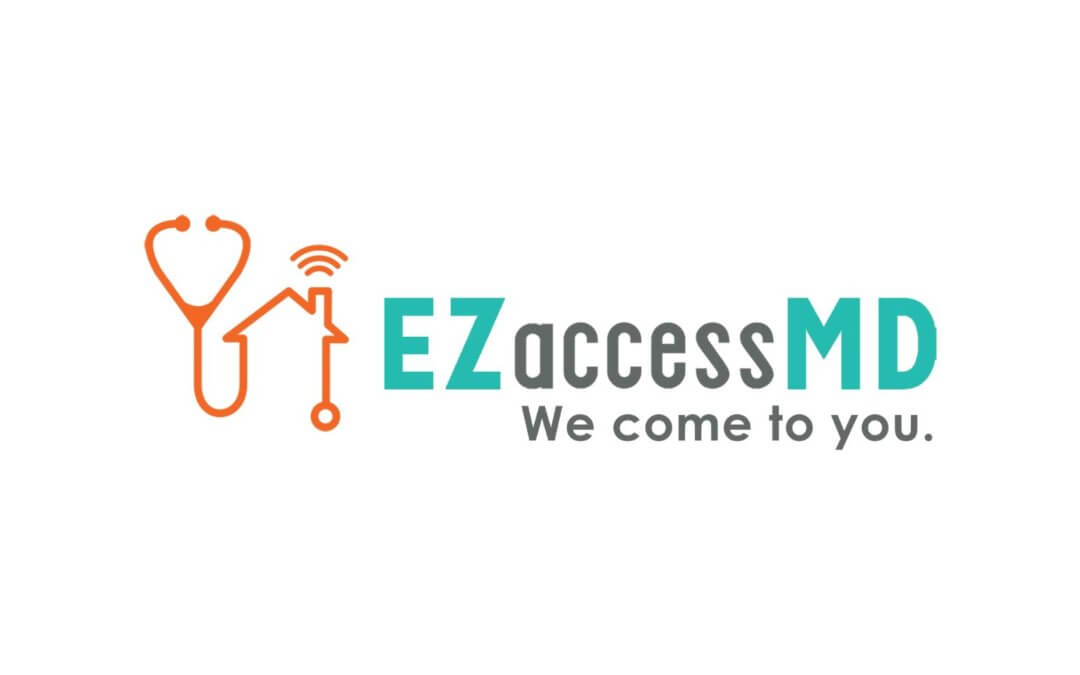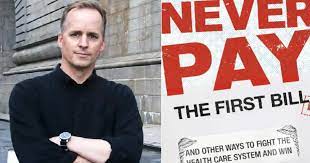Featured & Video

EZaccessMD Introduction
https://vimeo.com/763515842 We recently hosted Tim Randall, Director of Sales of EZaccessMD, to hear how they are revolutionizing telemedicine and...
The Role of Pharmacy Benefits Managers and How Your Business Can Take Control to Reduce Rx Costs
While every detail of your office is planned to perfection, can the same be said about your health insurance and (Rx) benefits? We’re here to remove the uncertainty about what happens behind the scenes between your health care providers and the pharmacies.

Never Pay the First Bill – Webinar with Marshall Allen
https://vimeo.com/617319088 Join Total Control Health Plans for a webinar presenting ProPublica investigative reporter Marshall Allen and Author of...

Employee Retention Strategies Webinar:
Total Control Health Plans hosted a webinar to help employers understand how long the current talent and turnover challenges will last, and to give...

2021 NextGen Healthcare Summit – Session Recordings
Nationally recognized speakers touch on the cost of inaction related to employer sponsored health plans.
COVID 19 Bluetooth Card and Contact Tracing
Health Care Strategies for Lakeshore Employers
Total Control Health Plans hosted a webinar to introduce a direct contracting opportunity with Holland Hospital for...
Future of Health Care Post COVID-19 Webinar
Hear from the experts on the future of health care after the COVID-19 crisis, and how employers have an opportunity to reinvent their plans to...
Mike Hill Presents at NextGen Benefits Conference
Start a Conversation
Let’s have a conversation on our dime to see if a Total Control Health Plan will meet your business or organization’s goals.
Contact us to schedule a free consultation today.
What is MLR?
MLR, or Medical Loss Ratio, is a prime example of misaligned incentives in the health care supply chain. The Medical Loss Ratio is a provision in the Affordable Care Act that was intended to keep insurance carriers from over charging their customers. It requires that carriers spend $.80 of each dollar collected in the small group market, and $.85 of each dollar collected in the large group market, to pay its customers’ medical claims and activities that improve the quality of care. The remaining portion can be used for overhead expenses, such as marketing, profits, salaries, administrative costs, and agent commissions. If health care costs go up, however, then the carrier is justified in charging higher premiums increasing the value of their 15% or 20%. With a model like this, carriers benefit when health care costs go up.